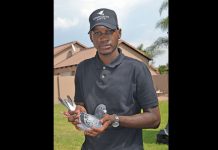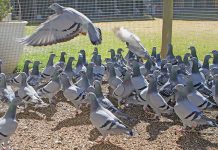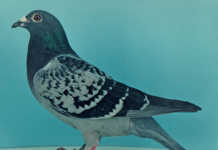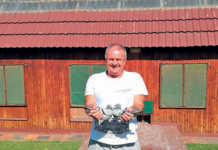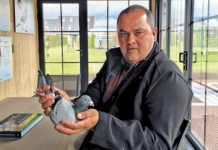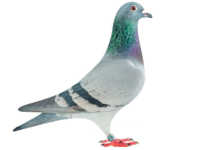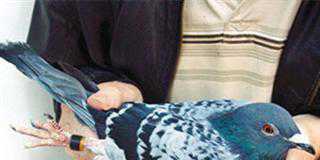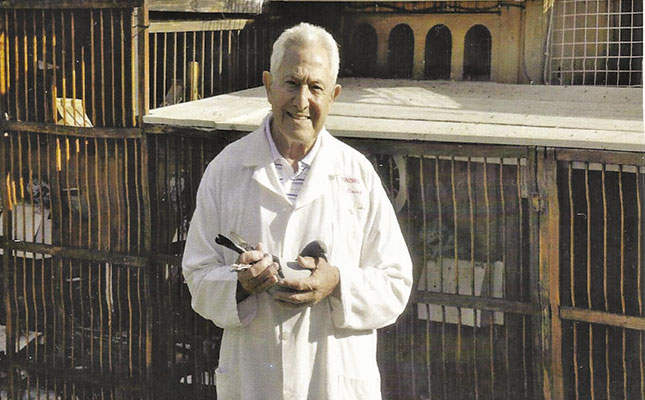
Mark 16 March in your diary with the words ‘Don’t forget the golden oldies’. This is when South African fanciers will have a once-in-a-lifetime opportunity to attend the auction of veteran SA champion Boet Nasser – and purchase the cream of our ‘Proudly South African’ pigeon stock.
READ:Keeping your pigeons healthy
While a number of ‘imports’ have certainly added value to the stock lofts of competitive fanciers, we should not forget that it was often a ‘foreigner’ crossed with a ‘golden oldie’ that lifted the bird to the heights of fame. The point is not whether import or local is better. The secret of winning races lies with the skill of the fancier, the birds he selects and the quality of his breeding plans.
Boet, for one, says that he breeds according to the performance of high-class pigeons closely bred from the fruit of the tree. He has never practised inbreeding, but has bred to what he calls a ‘performance line’. As long as the match he made descended directly from super breeders and super racers, he was confident to use it because of the strength of its gene pool.
It’s not easy to maintain that golden thread of quality from one generation to the next. It requires patience and also discipline in the selection of fresh genes to build on the cornerstones of your superior foundation. Boet refers to his pigeons as ‘Putteries’. Almost every fancier knows the Putterie story and the acquisition of what Monty van der Burg used to call the ‘Old’ and the ‘New’ Putteries, and, of course, Sonny Kippen’s Slimmes. This was the beginning of our ‘Proudly South African’ pigeons.
Foundation stockBoet’s foundation stock consists of the following family lines:
- The Old Van Engelas (Van Engelen) from the late Dr Brandt and the late Ernie Martin.
- Slimmes from Piet Pretorius.
- The Powells directly from the Dicky Pretorius auction.
- Fihrens of ‘Perfect Pair’ fame from Dr ‘Duif’ van der Merwe.
- Oscars from André Carelsen via Joe Delport.
- Putteries obtained from Chris Marais Jr.
- Red Hermans from André Meintjes.
- Veerpoot Hermans from Johan Badenhorst via Hannes Botha.
- Key pigeons from these family lines were carefully selected to create top performers. The Sierens and Tourniers that Boet acquired later were bred separately and selectively crossed.
Advice
Boet has been a member of Benzing Racing Pigeon Club since 1985. The club is part of the Pretoria Racing Pigeon Union and other organisations. He has been club and union champion on numerous occasions. As for his other achievements, well, the performance summary in Table 1 speaks for itself.Calling on 60 years in pigeon racing, Boet was happy to offer advice for other fanciers. His basic requirements for the ideal pigeon include the following:
- A good first impression.
- It must feel ‘good’ in the hand – in other words, be well-balanced with strong muscles.
- The secondary feathers should stretch well over the back when the wings are extended.
- The bird should have rich, colourful eye pigmentation.
- It must have the right pedigree, one which shows plenty of super breeders and racers near the fruit of the tree.
- It should have a track record of good performances.

Boet advises beginners to buy only good, healthy, fit pigeons from a trusted source, to guard against overcrowding, and to be selective with medication, as wins do not come out of a bottle! Finally, he recommends daily road training of 40km to 60km during the week, and up to 230km at the weekend.
This article was originally published on 7 February 2014 in Farmer’s Weekly.

